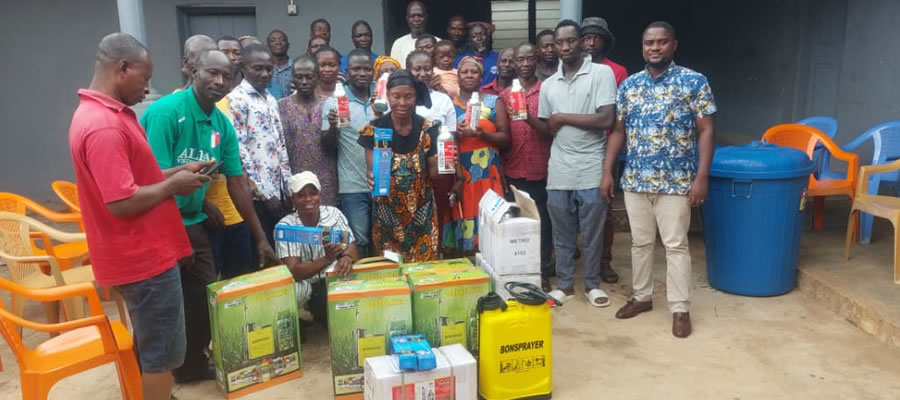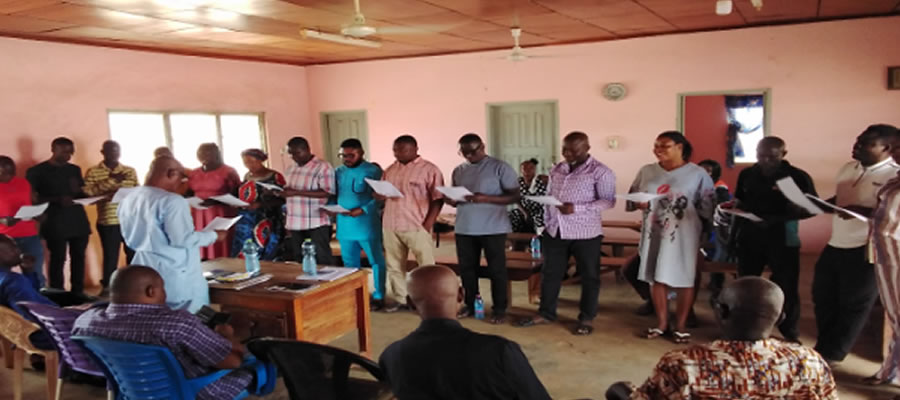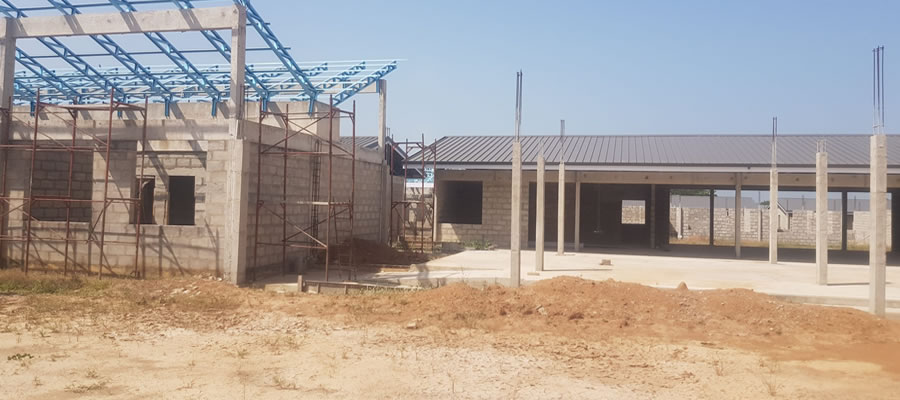

Main Source of Water for Drinking and for other Domestic Use
Access of households to improved sources of water is a major concern of government since it has a strong relationship with the health of the population. Access to water is closely connected with sanitary conditions of living quarters, and is particularly essential for the prevention of communicable diseases, as well as cleanliness and general comfort of the residents.
Main source of water for drinking
Table 8.11 shows the main source of drinking water for dwelling units in the Municipality. About 32 percent of households in the Municipality use borehole /pump/ tube well as the main source of drinking water. With the distribution of main source of water for drinking, 56.3 percent of rural households depend on bore holes/ pump (tubes) and urban household (24.0 %).
The Table also presents information on the distribution of main sources of drinking water grouped into protected and unprotected. Protected refers to households in the Municipality who have access to drinking water in the form of public stand pipe (19.6%), pipe bore in side dwellings (7.3%), pipe bore in outside dwellings (14.0%), protected spring (1.0%) protected well ( 15.5%) bottle water (0.1%) and sachet (4.7%). However, water drawn from river/stream (5.4%), rain (0.1%), tanker supply/vendor provided (0.1%) unprotected well (1.1%), unprotected spring (0.2%) and dug out /pond/Lake/dam/cannel (0.3%) constitute the unprotected sources of drinking water for the households.
Main source of water for domestic purposes
From Table 8.12, 43.7 percent of the households depend on borehole/pup/tube well for domestic water usage. Borehole/pump/tube well is used more extensively by rural households (31.7%) for domestic activities while urban areas is 24.4 percent, rural households represents 53.1 percent. On the other hand, about 39 percent of the households in the district use the three piped sources, pipe-borne inside dwelling (7.5%), pipe-borne outside dwelling (11.9%) and public tap/standpipe (19.6%) together for domestic activities. About 46.2 percent of the urban households use the three sources as against about 18.3 percent of the rural households.
Bathing and Toilet Facilities
Information on bathing and toilet facilities is also considered important for housing as well as public health policy.
Bathing facility used by household
A critical indicator of the sanitary conditions of a dwelling unit is method of managing waste (liquid and solid). It is also an indirect measure of the socio-economic status of a household. Table 8.13 presents types of bathing facilities used by households by type of localities in the Municipality. From the Table about 43.3 percent of households in the Municipality share separate bathroom in the same house. About one in every 19 percent households share open cubicles and own bathroom for exclusive use 17.9 percent. Urban areas use more of shared separate bath rooms in the same house (48.7%), shared open cubicle (20.4%) and the least which is less than one percent river/pond/lake/dam other not specified ( 0.1% and 0.4%) respectively. Rural households use more shared separate bathroom in the same house 27.6 percent, closely followed by own bathroom for exclusive use 27.1 percent and the least which is less than one percent public bath house, river/pond/lake/dam (0.2 %) each and other not specified bathing facilities (0.1 percent).
Toilet facility used by household
Table 8.13 presents types of toilet facilities used by households by type of localities in the Municipality. From the table the commonest facility being used is public toilet(WC/VIP/Pit /Pan) 46.6 percent, the next common is pit latrine (27.5 percent) and the least which is less than one percent are bucket/pan and other not specified facilities ( 0.2% and 0.5% respectively). Segregation in terms of urban and rural areas reveals public toilet (WC/KVIP/Pit/Pan) to be (48.8% and 40.3%) respectively. While pit latrine is common for urban and rural (24.2% and 36.9%) respectively. The least used facilities between the two localities is bucket/ pan which is less than one percent each (0.2%).
Method of Waste Disposal
Solid waste disposal
Table 8.15 presents method of solid waste disposal by type of locality. The common form of households waste disposal in the Municipality is reported to be public dump(open space) 38.3 percent , public dump ( container) 33.9 percent while other not specified methods less than one percent (0.7 %) . Methods of solid waste disposal across localities reveals the commonest to be public dump( container) 43.6 percent in urban and public dump( open space) in rural areas, the least used methods in both urban and rural localities is found to be other not specified methods ((0.5% and 1.3%) respectively.
Liquid waste disposal
Table 8.16 shows method of liquid waste disposal by type of localities. The data show that the common form of liquid waste disposal in the Municipality is thrown onto the street / outside 44.8 percent, the next common form is thrown on to compound 41. Percent and the least other not specified methods less than one percent (0.2%). The common form by localities reveals urban to be thrown onto the street /outside (46.9%), thrown onto the compound (38.0%) and the least other not specified methods less than one percent (0.3%) The common form based on rural areas reveals the commonest form of liquid waste disposal is thrown onto compound (53.3%) , thrown onto the street/outside (38.8%) and the least being other not specified forms less than one percent( 0.1%).
Date Created : 11/20/2017 5:39:31 AM













 facebook
facebook
 twitter
twitter
 Youtube
Youtube
 +233 593 831 280
+233 593 831 280 0800 430 430
0800 430 430 GPS: GE-231-4383
GPS: GE-231-4383 info@ghanadistricts.com
info@ghanadistricts.com Box GP1044, Accra, Ghana
Box GP1044, Accra, Ghana